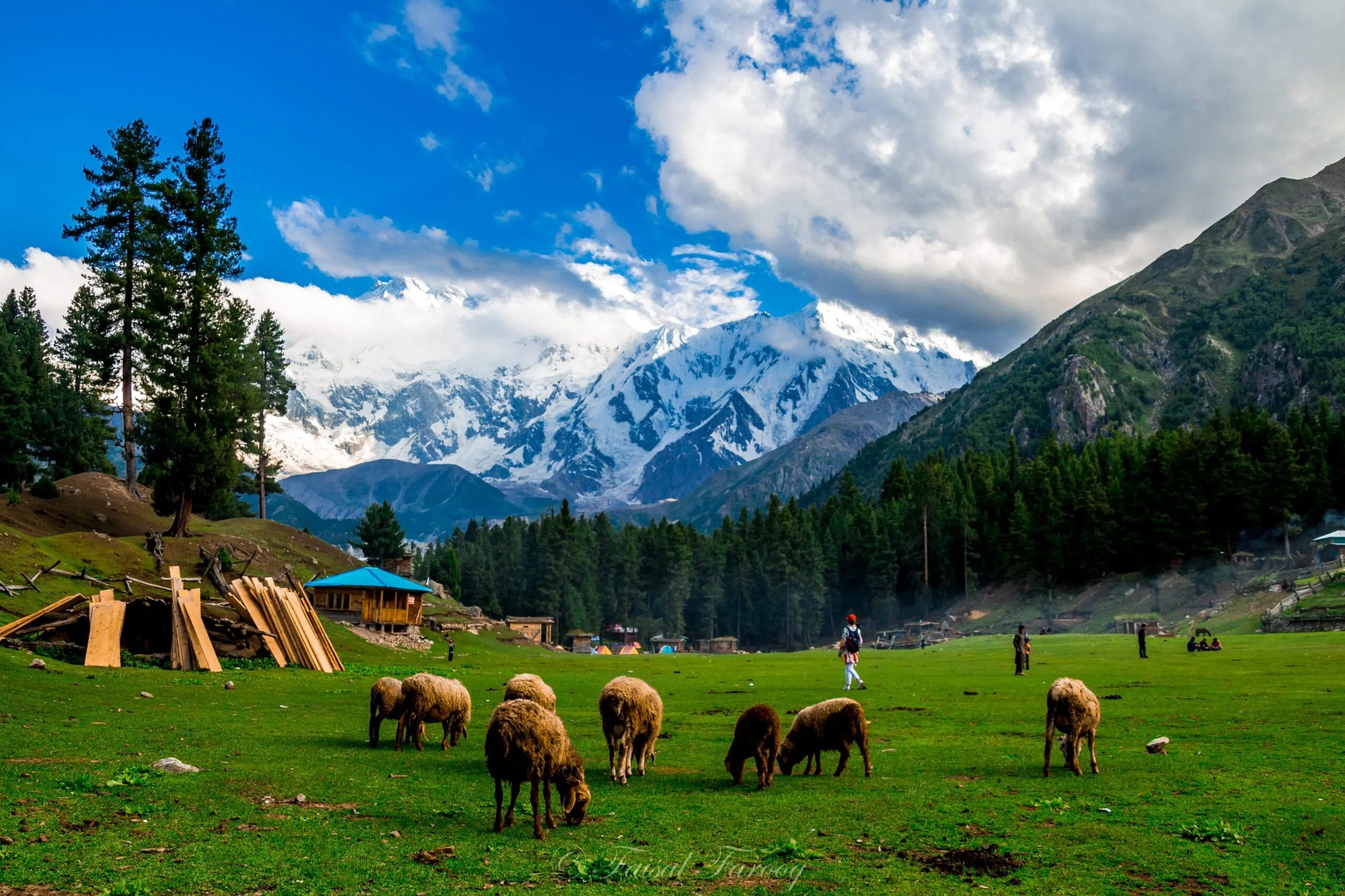As spring’s delicate blossoms fade, Gilgit-Baltistan transitions into a vibrant and energetic summer. Typically spanning from June to August, this season brings warmer temperatures, making the entire region, including its highest altitudes and remotest valleys, fully accessible. Summer transforms Gilgit-Baltistan into a lush paradise, offering unparalleled opportunities for adventure and immersion in its rich culture.
For locals, summer is a period of bustling activity – cultivating fields, harvesting ripe fruits, and celebrating life under the warm sun. For tourists, it represents the peak travel season. Gilgit-Baltistan reveals its full grandeur, with emerald valleys, crystal-clear lakes, and majestic peaks inviting exploration. Everyone, from the avid trekker to the cultural enthusiast, eagerly anticipates the long, sunny days and the myriad experiences summer offers in this breathtaking land.
Here’s a glimpse into the magic of summer as it unfolds month by month:
| Month | Natural Highlights | Cultural Events/Festivals | Activities & Experiences |
| June | Lush green valleys; high pastures vibrant; early fruit harvest (cherries, mulberries). | Wedding season begins; local community gatherings. | Moderate to challenging treks open up; camping at higher altitudes; jeep safaris. |
| July | Wildflowers in full bloom in meadows; glaciers visible; glacial lakes fully accessible. | Shandur Polo Festival (July 7-9); local sports tournaments. | Peak trekking season; white-water rafting; mountain biking; high pass expeditions. |
| August | Abundant fruit harvest (apricots, apples); golden fields; perfect weather for high altitudes. | Continuation of wedding season; local fairs in larger towns. | Exploring remote valleys (e.g., Deosai, Rama); photography tours; cultural interactions. |
🏞️ Natural Beauty and Landscape During Summer in Gilgit
Summer paints Gilgit-Baltistan in a palette of deep greens and vibrant blues. The valleys, already awakened in spring, now reach their zenith of lushness. Expansive meadows, like those in Rama, Phander, and Minimarg, burst with a riot of colorful wildflowers, creating a carpet of natural splendor.
The towering mountains, still holding snow on their highest peaks, reveal their majestic rock faces and the shimmering blue of glacial lakes that become fully accessible. Iconic lakes like Attabad Lake gleam with an even more intense turquoise, while remote gems such as Naltar Lakes and Rush Lake invite visitors to their pristine shores. Rivers, swollen from glacial melt, carve their way through valleys, adding dynamic energy to the landscape. The crisp, clear air of summer offers unparalleled visibility, making every mountain vista a truly breathtaking experience. Popular places like Hunza, Skardu, and Gilgit city become bustling hubs, offering panoramic views of their verdant surroundings.
Photo Opportunity: Capture the vivid blue of Attabad Lake against lush green mountains, or the expansive wildflower meadows of Deosai National Park.
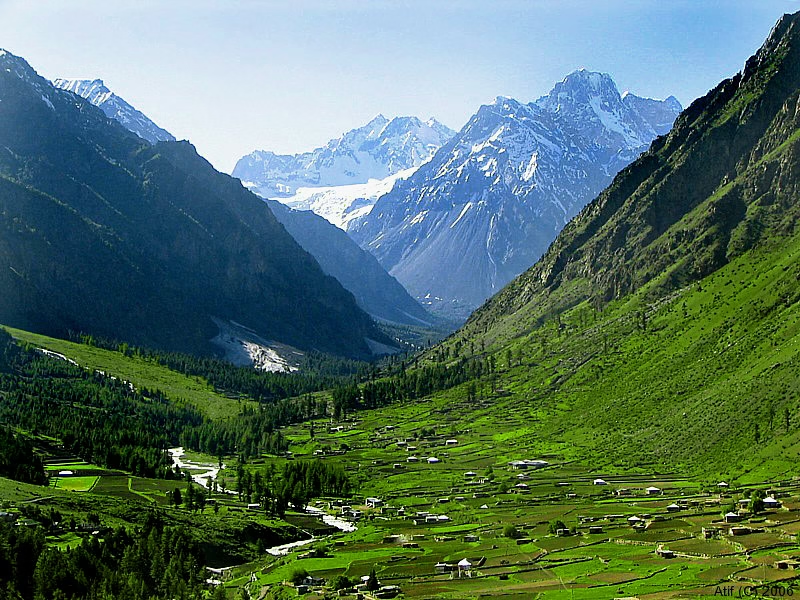
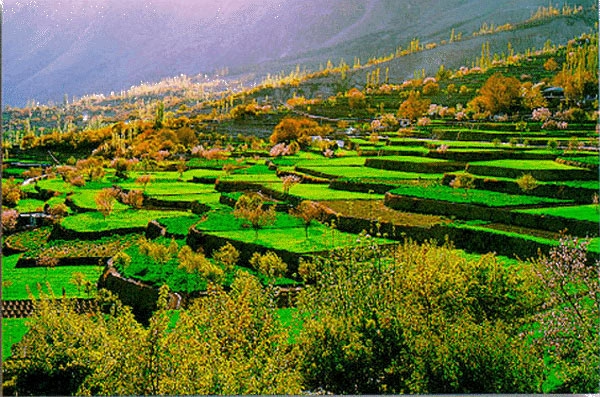
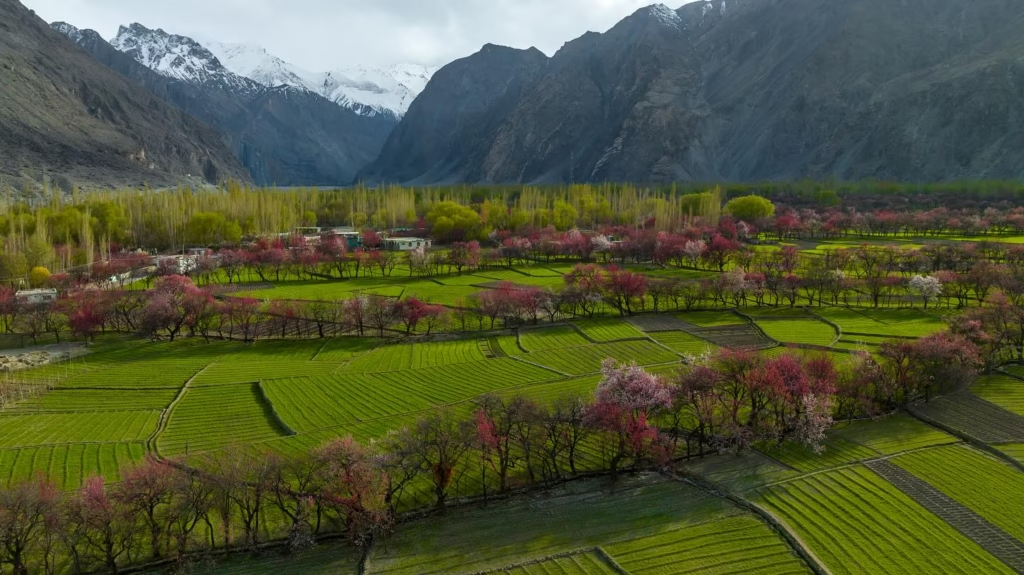
🎉 Festivals and Cultural Activities
Summer in Gilgit-Baltistan is a time of grand celebrations, with festivals drawing communities and tourists together in vibrant displays of culture.
- Shandur Polo Festival (July 7-9th): This is undoubtedly the highlight of summer. Held at the world’s highest polo ground, Shandur Pass (3,700 meters / 12,200 feet), this legendary free-style polo tournament pits teams from Gilgit and Chitral against each other in a thrilling display of equestrian skill and raw energy. Beyond the high-octane matches, the festival features traditional music, folk dances, camping under the stars, and a bustling atmosphere that epitomizes the adventurous spirit of Gilgit-Baltistan.
- Local Sports Tournaments: Throughout summer, many villages and towns organize local sports events. These often include regional polo matches (though not as grand as Shandur), traditional wrestling, and tug-of-war competitions. These events foster community spirit and offer visitors an authentic glimpse into local recreational culture.
- Wedding Season: Summer marks the peak of wedding celebrations across Gilgit-Baltistan. Traditional weddings are elaborate affairs, filled with music, dance, elaborate feasts, and intricate rituals that can last for days. While often private, the sounds and sights of these joyful events are an integral part of the summer atmosphere.
During these lively events, the rhythmic beats of dadang and damal drums, combined with the melodic surnai, create an infectious energy. Traditional dances, including the powerful Sword Dance and various folk performances, are often performed with great vigor and passion.
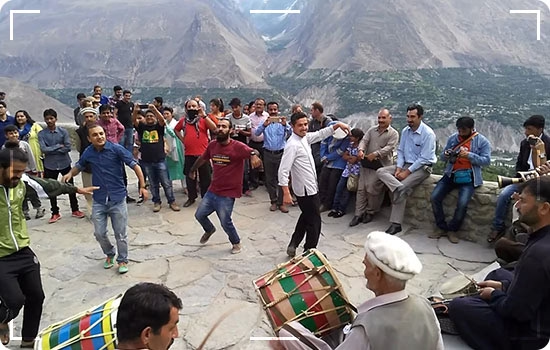
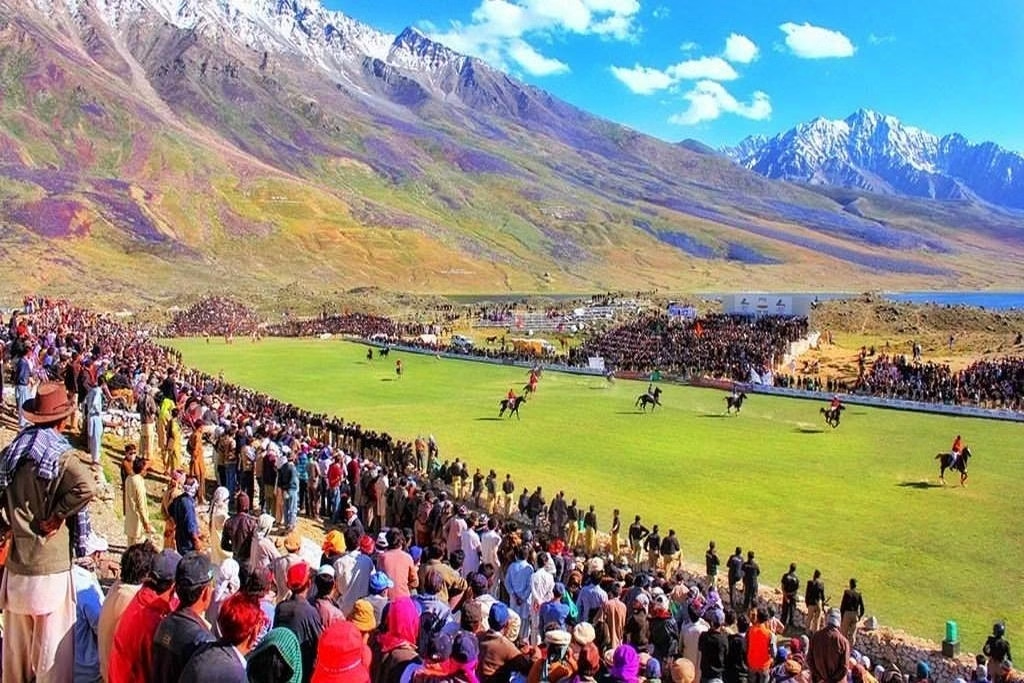
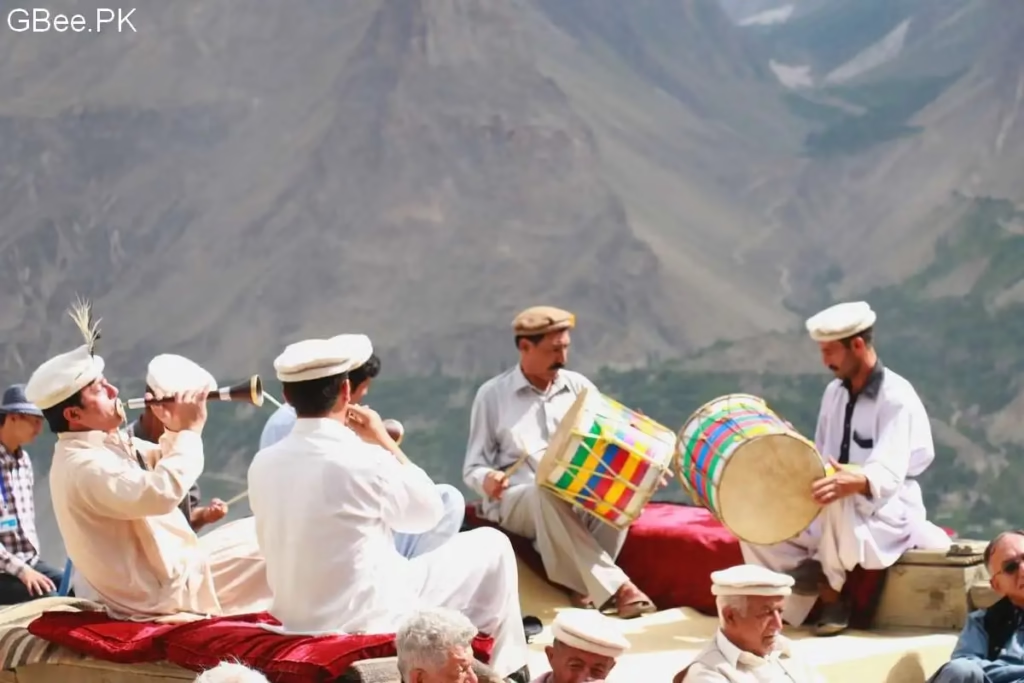
🧑🌾 Farming and Harvest Season in Gilgit
Summer is a period of immense hard work and joyous abundance for the agricultural communities of Gilgit-Baltistan. After spring’s planting, summer brings the main fruit harvest season. The valleys become a paradise of ripe produce.
Farmers meticulously tend to their orchards, harvesting vast quantities of sweet apricots, cherries, mulberries, apples, and grapes. The air fills with the sweet scent of ripening fruit. A significant traditional practice involves drying apricots and mulberries under the sun, ensuring a vital food source for the long winter months. You’ll see rooftops and open fields covered with orange and purple fruits laid out to dry. Vegetable gardens are in full swing, providing a bounty of fresh greens, tomatoes, potatoes, and other summer crops. The entire community often participates in these harvests, reinforcing communal bonds and a deep connection to the land.
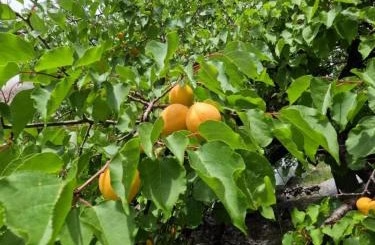
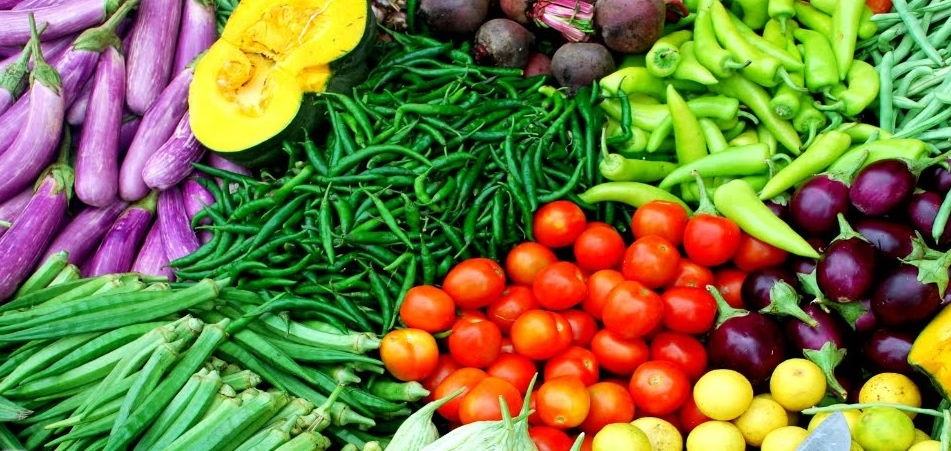
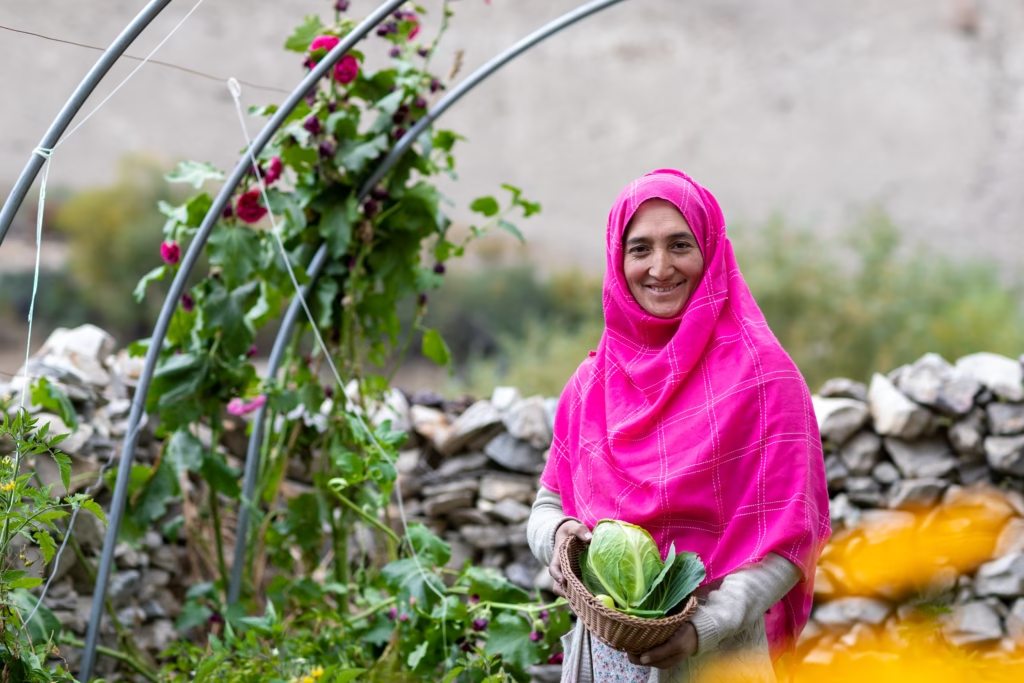
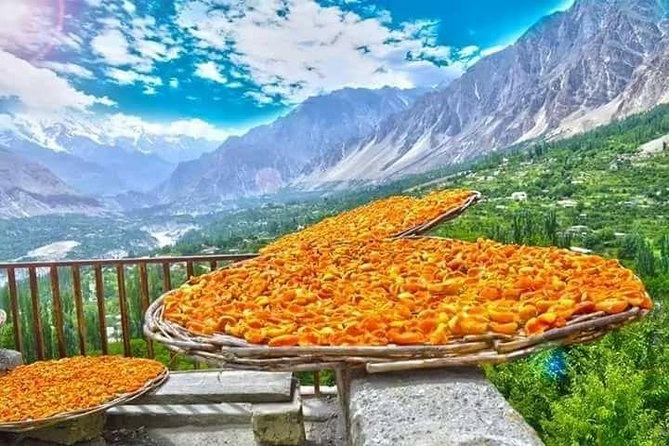
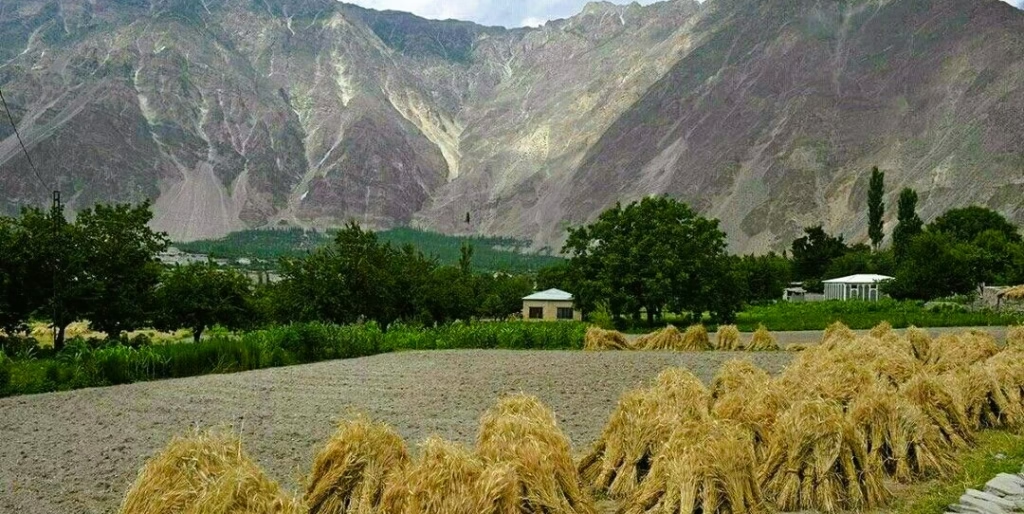
🥘 Local Summer Foods and Drinks
Summer in Gilgit-Baltistan is a time for enjoying fresh, seasonal produce and lighter, yet still hearty, meals.
- Fresh Fruits: The abundance of ripe apricots, cherries, mulberries, and apples makes fresh fruit a staple. Locals enjoy them as snacks, desserts, or processed into jams and juices.
- Apricot Oil Usage: Apricot oil, a cultural cornerstone, is used extensively in summer dishes, both for cooking and as a dressing, adding a distinct nutty flavor to various preparations.
- Chapshuro with Fresh Herbs: While a year-round favorite, the summer version of Chapshuro (meat pie) often incorporates a wider array of fresh local herbs, enhancing its flavor profile.
- Balay with Lighter Broth: The noodle and broth dish Balay might be prepared with a slightly lighter broth in summer, still offering comfort but suited to warmer weather.
- Summer Beverages: Refreshing drinks are popular. These include water infused with wild herbs, traditional buttermilk (doogh or lassi), and various fruit juices freshly squeezed from the day’s harvest.
- Wild Edibles: Many wild herbs and greens that flourish in summer find their way into salads and cooked dishes, adding unique flavors and nutrients to the local diet.
The cuisine truly reflects the season’s bounty, emphasizing fresh, natural ingredients straight from the farms and orchards.
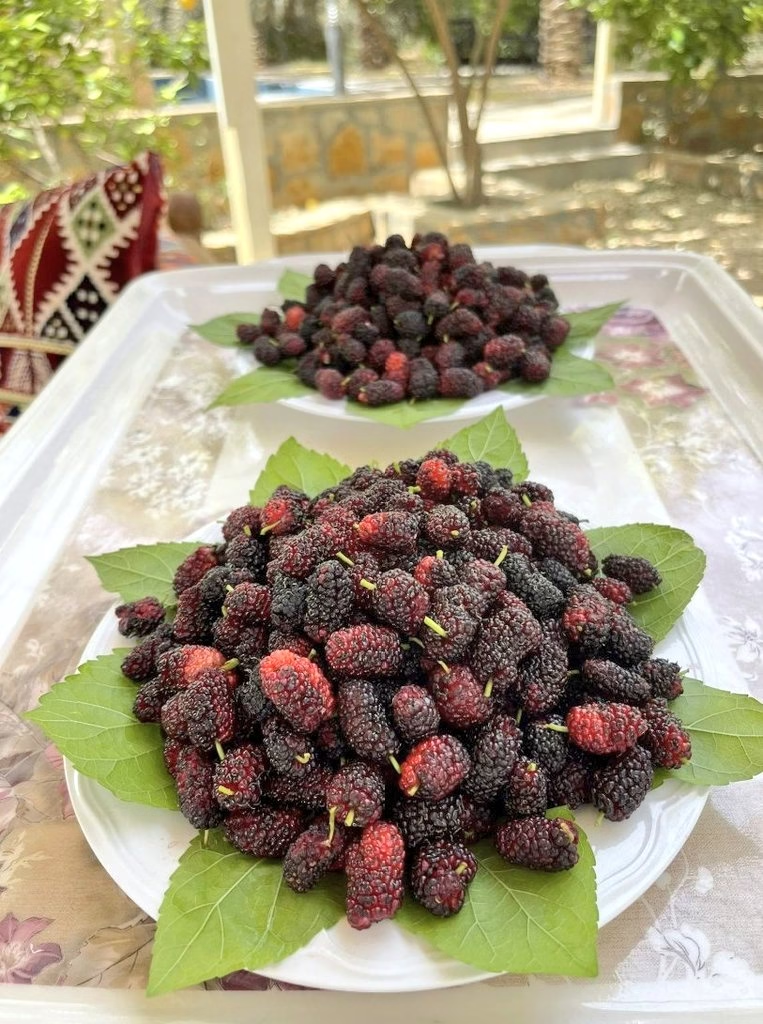
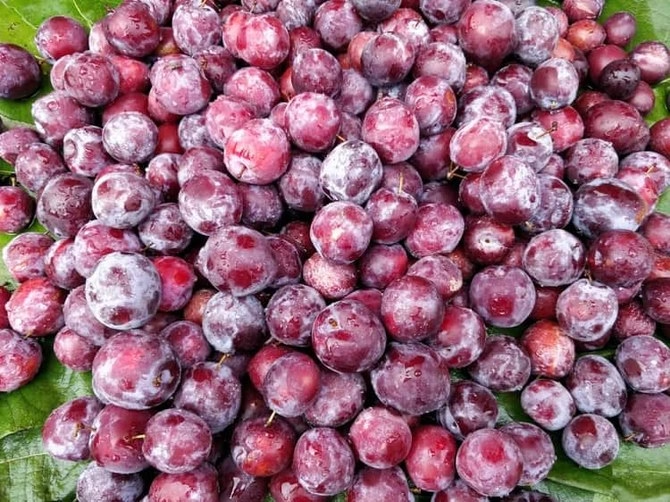

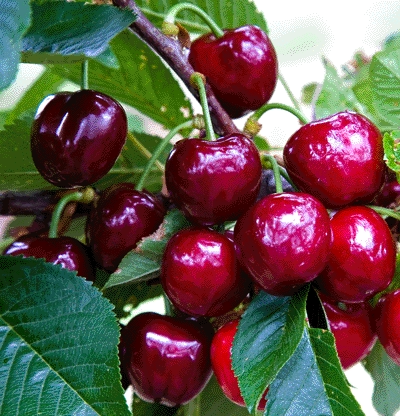
👣 Outdoor Activities & Tourism
Summer’s warm and stable weather makes it the undisputed peak season for outdoor activities in Gilgit-Baltistan. Trekking, hiking, and camping opportunities are at their absolute best, with almost all trails and high-altitude passes becoming accessible.
Popular trails and destinations that are prime for summer exploration include:
- Deosai National Park: The “Land of Giants” is fully open in summer (usually June to September), offering vast plains, wildflowers, and wildlife spotting opportunities.
- Fairy Meadows & Nanga Parbat Basecamp: Perfect for multi-day treks, offering iconic views.
- Naltar Valley & Lakes: Ideal for hiking, fishing, and enjoying serene alpine beauty.
- Rama Meadows: A lush green expanse in Astore, perfect for camping and leisurely strolls.
- High Mountain Passes: Adventurous travelers can embark on thrilling jeep safaris to high passes like Khunjerab Pass (the world’s highest paved international border crossing) and Babusar Pass, connecting Gilgit-Baltistan to mainland Pakistan.
- White-water Rafting & Kayaking: The rivers offer exciting opportunities for rafting and kayaking for thrill-seekers.
- Rock Climbing & Mountain Biking: Specialized tours cater to these adventure sports, taking advantage of the diverse terrain.
Photo Opportunity: Summer is unparalleled for landscape photography, capturing vibrant green valleys, clear blue lakes, and snow-capped peaks under bright skies. Tour operators often organize specialized photography expeditions to maximize these opportunities.
Eco-tourism flourishes, with travelers actively engaging in village life, staying in guesthouses, and participating in responsible tourism practices that benefit local communities.
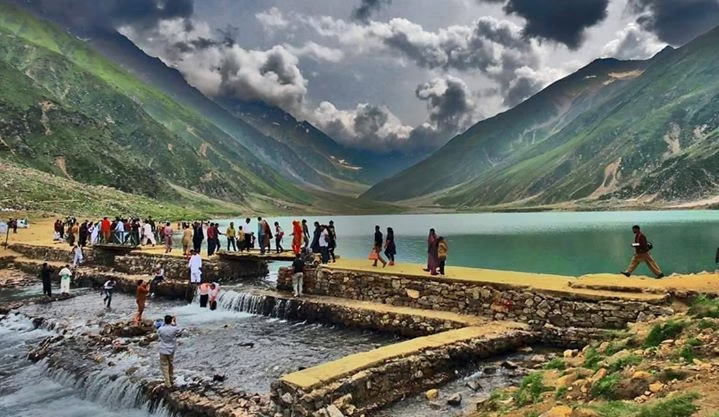
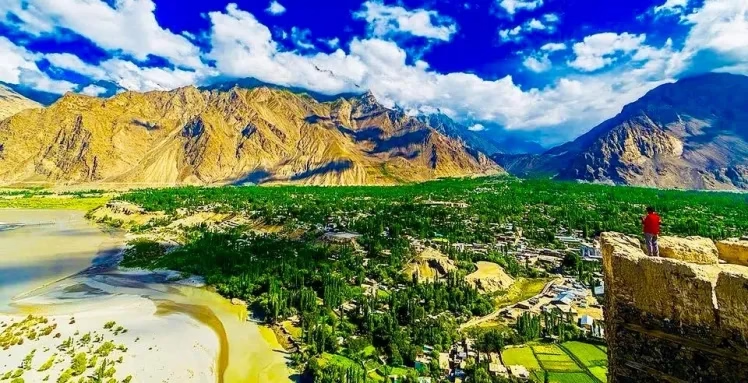

🧥 Traditional Clothing During Summer in Gilgit
In summer, locals adapt their traditional attire to the warmer climate. Heavy woolens are largely put away. Men opt for light cotton or linen shalwar-kameez, often paired with light waistcoats. While traditional caps (Khoi/Phartsun) remain common, they are typically made from lighter materials or worn for ceremonial purposes. Women wear flowing, breathable cotton or silk shalwar-kameez and gowns, often adorned with colorful embroidery that reflects the vibrancy of the season. Light dupattas or headscarves complete their ensembles. The emphasis shifts towards comfort and breathability, allowing for freedom of movement during long days of work or celebration.
🛍️ Handicrafts & Markets
Summer marks the busiest season for local handicrafts and markets. With the influx of tourists, the small-scale craft fairs and bustling bazaars come alive. Artisans actively showcase their creations, offering a wide array of products.
Visitors can find exquisite handwoven woolen shawls (made from fine pashmina or local sheep wool), intricate woodwork carvings (on household items or decorative pieces), and durable basketry woven from willow and other natural fibers. Jewelry featuring local stones like turquoise and silver is also widely available. Local women, who meticulously prepare these crafts throughout the cooler months, now bring their finished products directly to the markets, engaging with tourists and sharing the stories behind their artistry. This direct interaction offers both cultural exchange and economic support for the local communities.
🙌 Community and Spiritual Traditions
Summer fosters a strong sense of community and collective spirit in Gilgit-Baltistan. The longer days and favorable weather encourage more outdoor communal gatherings, feasts, and celebrations.
While specific major spiritual festivals might be fewer than in spring, the season is imbued with a spiritual appreciation for nature’s bounty and the hard work it demands. Communities often hold local prayers for successful harvests and express gratitude for the natural resources, particularly the glacial meltwater that sustains their agriculture. Summer weddings, with their joyful rituals and large gatherings, also strengthen community bonds. The blend of ancient beliefs, including traces of pre-Islamic and Buddhist influences (especially evident in historical sites and certain traditional practices), alongside the prevalent Islamic traditions, continues to shape the reverence locals hold for the cycles of nature and their communal life.
🌄 Conclusion
Summer in Gilgit-Baltistan is a symphony of sights, sounds, and experiences. It’s a season where the majestic mountains offer their most challenging trails and their most serene vistas. It is a time when the valleys are at their most lush, bursting with life, and communities celebrate the abundance of the land with vibrant festivals. From the thrilling Shandur Polo to the sweet taste of freshly harvested apricots, every moment contributes to a rich, unforgettable tapestry.
This region is a true paradise for adventurers and cultural explorers, offering a unique blend of natural splendor and deep-rooted traditions. If you’re planning to visit Gilgit-Baltistan, there’s no season like summer to truly experience its soul. Come and discover the magic for yourself!
